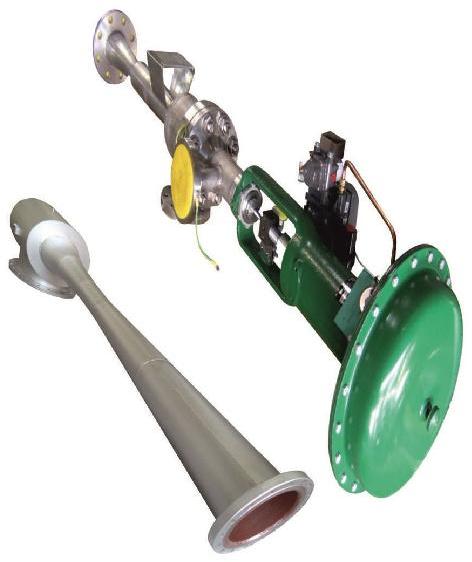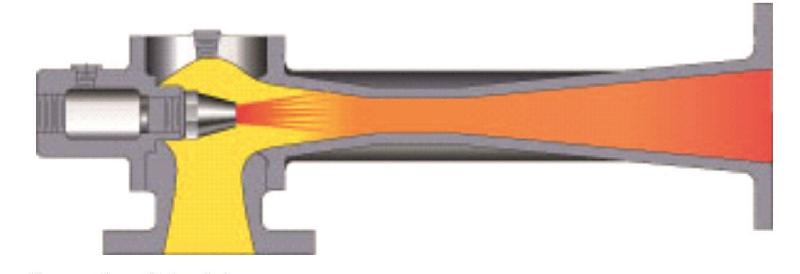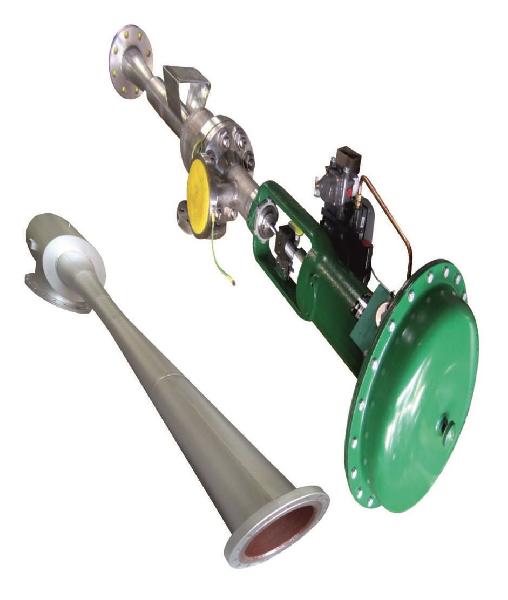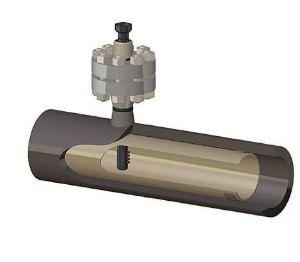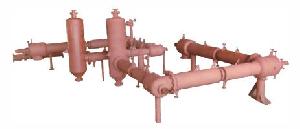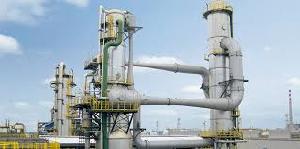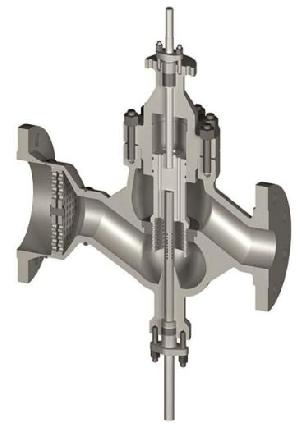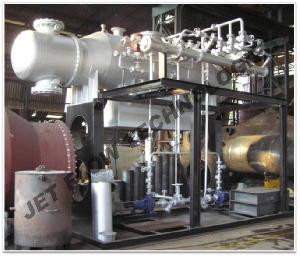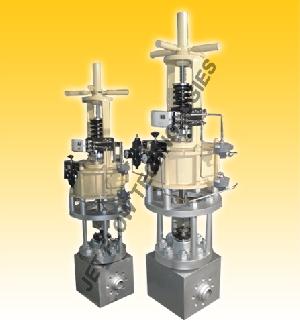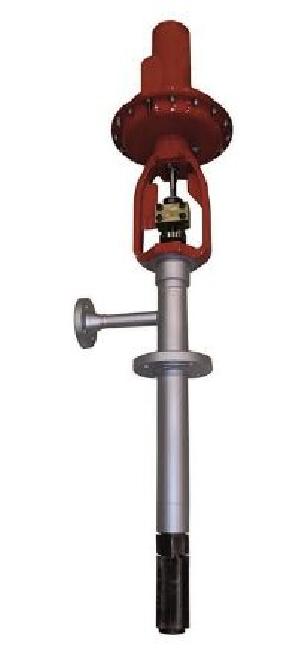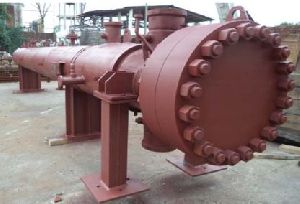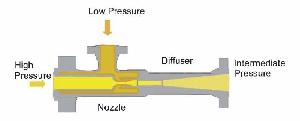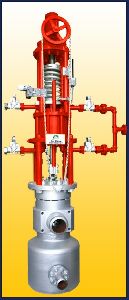| Business Type | Manufacturer, Exporter, Supplier |
Large industrial plants often vent significant quantities of low-pressure steam to the atmosphere, wasting energy, water, and water-treatment chemicals. Recovery of the latent heat content of low-pressure steam reduces the boiler load, resulting in energy and fuel cost savings. Low-pressure steam's potential uses include driving evaporation and distillation processes, producing hot water, space heating, producing a vacuum, or chilling water. If the steam pressure is too low for the intended application, a steam jet thermocompressor can boost the pressure and temperature to the required level.
Operating Principles - Thermocompressors and ejectors operate on the same thermodynamic and physical principle: energy contained in high-pressure steam can be transferred to a lower pressure vapor or gas to produce a mixed discharge stream of intermediate pressure. These devices are known for :
- Simple construction
- Easy installation
- Long useful operating lives
- Insensitivity to fouling
- Low capital and installation costs
- Easy maintenance with no moving parts
If the objective is to recover the latent heat content of the low-pressure suction vapor for process use, the device is called a thermocompressor. If the objective is to pull a vacuum on a process vessel, the device is called an ejector.
Boosting Steam Pressure and Temperature with Thermocompressors-Single- or multi-stage thermocompressors are used to boost low-pressure vent steam to a useful higher pressure and temperature. When high-pressure motive steam is available, thermocompressors can be economically used for compression ratios up to 6:1 (absolute pressure of supply steam/suction steam).
High-pressure motive steam supplied to the thermocompressor expands in a converging-diverging nozzle to convert pressure energy to kinetic energy. Vent steam supplied to the suction port is entrained into this low-pressure/ high-velocity jet, where mixing occurs. The diffuser portion of the thermocompressor reconverts the kinetic energy of the mixture back into pressure. The intermediate discharge pressure is between the pressures of the motive and low-pressure suction steam. Discharge pressure is determined by the compression ratio (i.e. the ratio of the pounds per hour [1b/hr] of motive In steam supplied to the lb/hr of low-pressure suction steam entrained).
Thermocompressor capacity of the device is dictated by the availability of motive steam, motive and suction steam pressure, and discharge steam pressure requirements. Applications include drying and heating, multi-effect evaporators, vulcanizers, reboilers, strippers, condensate receiver tanks, and solvent extraction processes etc.
Applications :
- Check application of thermocompressors where significant venting of low-pressure steam occurs, higher-pressure motive steam is available, and a modest pressure boost could convert waste steam to useful steam. Examine waste recovery potential by determining.
- Flow rate and pressure of vented steam
- Flow rate and pressure for sources of motive steam
- Process or heating needs that can be met by boosting the pressure and temperature of vented steam
- Equipment size and motive to suction steam ratio
- Annual energy savings and installation costs of selected device




